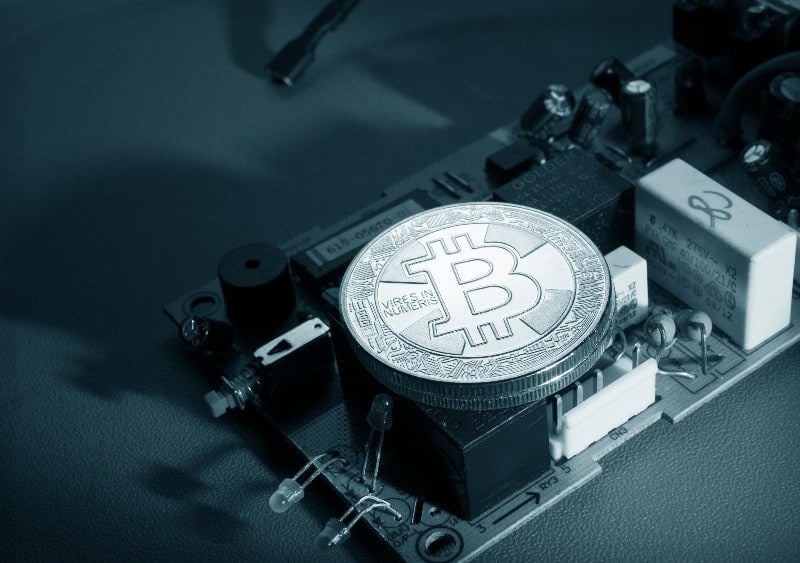These days, the threshold of 18,900,000 mined Bitcoin has been crossed.
Since there will never be more than 21 million Bitcoin in total, it means that 90% of BTC has already been mined.
Mined Bitcoin and Bitcoin to be mined
However, if it took just under 13 years to mine 90% of them, since the first 50 were mined on January 3, 2009, it will presumably take about 119 years to mine the remaining 10%.
To be honest, it is not known exactly how long it will take because the halving that halves the creation of new BTC happens every 210,000 blocks added to the Bitcoin blockchain, but the rate at which blocks are validated is not fixed.
On average, it takes about 10 minutes to validate a block, but as the hashrate increases, this pace accelerates. For example, during 2021, it often took less than 10 minutes to validate a block.
According to a recent estimate, it will still take about 19 years to mine all of the remaining 2.1 million BTC if the current pace is maintained.

When the last Bitcoin will be mined
Note that currently, 6.25 BTC is created per block and is awarded to the miner who validated it as a reward for their work. Roughly in early 2024, the next halving will take place, bringing the reward to 3.125 BTC per block, and presumably, in early 2028, the next halving will take place, reducing it to 1.5625 BTC.
The next halving, which could take place at the end of 2031, will bring the premium down below the threshold of 1 Bitcoin, i.e., to 0.78125 BTC, and so on until the halving brings this figure to be less than 1 Satoshi, i.e., one hundred millionth of a Bitcoin (the minimum unit in which BTC is fractionable).
Doing all the calculations shows that the last Satoshi will probably be mined by 2140, or maybe even earlier.
Interestingly enough, to mine the last BTC, composed of 100 million Satoshi, will probably take more than 30 years because around 2105, the remaining 20,999,999 Bitcoin should have already been mined.
At a rate of about 10 minutes per block, about 52,560 blocks are validated in a year. With a current creation of 6.25 BTC per block, 328,500 BTC are created each year, for now. With nearly 19 million BTC already in circulation, the supply of BTC is currently increasing by less than 1.8% per year.
The effects of halving
Starting in 2024, this increase will drop below 1%, and in 2041 or so, it will even drop below 0.1%. That’s what gives Bitcoin its deflationary nature.
As the premium for miners decreases, they will increasingly have to be content with collecting transaction fees and will sooner or later have to reduce the hashrate they use to mine. While this is likely only in the distant future, it will also reduce Bitcoin’s energy consumption.
The post 90% of Bitcoin mined appeared first on The Cryptonomist.

















